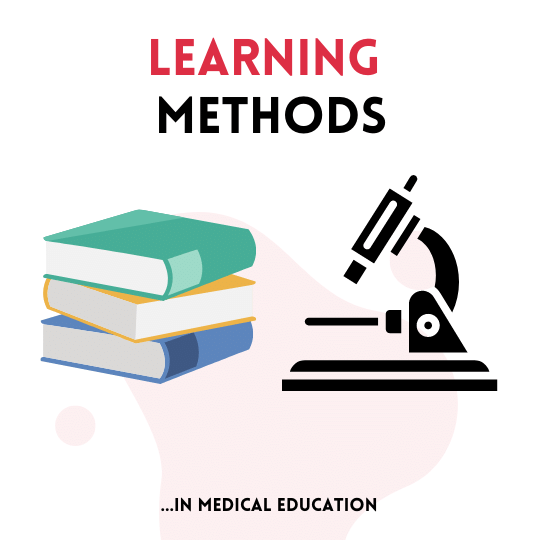There are a few methods of learning that are essential for medical students. These methods include things like active learning, problem-based learning, and case-based learning.
Introduction
Medical education is constantly evolving to meet the needs of modern learners. While traditional lecture-based learning still has a place in medical education, active learning methods such as problem-based and case-based learning are increasingly used to engage learners and promote deep understanding.
Active learning methods are more effective than passive methods in promoting learner engagement and understanding. Problem-based learning is an effective method for medical education. Students work together to solve real-world problems. This type of active learning helps students develop critical thinking and clinical reasoning skills.
Case-based learning is another active learning method that is commonly used in medical education. In this approach, students learn by working through real or simulated clinical cases. Case-based learning offers many benefits, including the opportunity for students to practice clinical decision-making in a safe and controlled environment.
Medical educators are continually exploring new and innovative ways to teach medical content. However, active learning methods such as problem-based learning and case-based learning are becoming increasingly popular due to their effectiveness in promoting student engagement and understanding.

Active learning in medical education
Active learning is a term used to describe the educational strategy of giving students opportunities to directly engage with the material they are learning, rather than simply listening to a lecture or reading from a textbook. Active learning has been shown to be an effective way to improve student outcomes, and it can take many different forms. For example, classroom activities such as discussions, role-playing, and simulations can all be used to promote active learning. In addition, many educators believe that students should be given opportunities to choose how they learn and that they should be encouraged to apply their knowledge in real-world situations. By allowing students to be actively involved in their education, we can help them understand better and retain the information they are learning.
Problem-based learning in medical education
Problem-based learning is another excellent method for medical students. In this type of learning, students work together to solve problems related to patient care. This is a great way to learn because it allows students to see how different concepts fit together and how they can be applied in a real-world setting. Problem-based learning is a student-centered approach to education that focuses on real-world problems. In problem-based learning, students work together to identify and solve problems. This approach requires students to be active, collaborative, and creative thinkers. Problem-based learning has been shown to improve critical thinking and problem-solving skills, as well as promote higher-order thinking. In addition, problem-based learning can help students develop critical 21st-century skills such as collaboration, communication, and digital literacy. As the world becomes increasingly complex, it is more important than ever for students to learn how to think critically and solve problems. Problem-based learning is an effective approach that can help students meet these challenges.
Case-based learning in medical education
Case-based learning has long been used in medical education as it is an effective way to teach clinical reasoning and decision-making. In a case-based learning exercise, students are presented with a patient case and must identify the relevant information, generate hypotheses, and develop a treatment plan. This type of learning allows students to apply their knowledge to real-world scenarios, which can better prepare them for their future careers. Additionally, case-based learning has been shown to improve student test scores and increase retention of course material. For these reasons, case-based learning should continue to be used in medical education.
Conclusion
No matter which method of learning you choose, it is important that you find one that works well for you. Everyone learns differently, so it is important to find a method of learning that fits your needs. If you are having trouble understanding something, don’t be afraid to ask for help from your peers or instructors. Learning is a lifelong process, so never stop learning!
Kindly Let Us Know If This Was helpful? Thank You!


